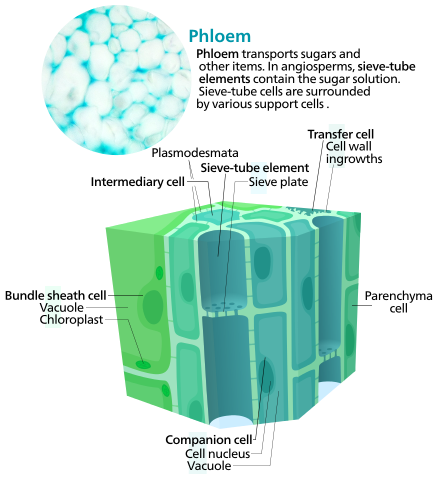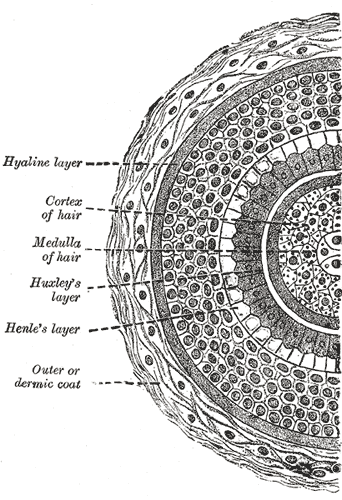ANATOMY OF FLOWERING PLANTS
ASSERTION-REASON TYPE
In the following questions, a statement of assertion (A) is followed by a statement of reason (R).
(1) If both Assertion & Reason are true and the Reason is the correct explanation of Assertion then mark (1)
(2) If both Assertion & Reason are true but the Reason is not correct explanation of the Assertion then mark (2)
(3) If Assertion is true statement but Reason is false, then mark (3)
(4) If both Assertion and Reason are false statements, then mark (4)
________________________________________________________________________
A:- A typical dicot stem produces more in comparison to bast.
R:- Cambium is generally more active on the inner side than that of the outer side.
2. A:- A continuous cambial ring is formed in their stems and roots.
R:- In dicot stem, the cells of medullary rays, adjoining interfascicular cambium become meristematic and forms intrafascicular cambium.
3. A:- Vascular bundles in dicot stem, possess the ability to form secondary xylem and phloem tissues.
R:- In dicotyledonous stems, cambium is present between xylem and phloem.
4. A:- Both apical and intercalary meristems are primary meristems.
R:- Apical and intercalary meristem appear early in life and contribute to the formation of primary plant body.
5. A:- In the monocotyledons, the vascular bundles lack cambium.
R:- Monocots show secondary growth in their stems and roots.
6. A:- Trichomes are epidermal hairs on the stem.
R:- Trichomes are always unicellular.
7. A:- Intercalary meristem occurs between mature tissues.
R:- Intercalary meristem helps in the elongation of the organ.
8. A:- Lateral meristem is a secondary meristem.
R:- Primary meristems appear early in plant life and contribute to the formation of the primary plant body.
9. A:- Phloem fibres or bast fibres are made up of collenchymatous cells.
R:- Phloem fibres are generally found in primary pholem.
10. A:- Interfascicular cambium is formed as result of de-differentiation.
R:- Interfascicular cambium is developed from primary meristems due to structural and functional changes.
11. A:- Companion cells help in maintaining proper pressure gradient in sieve tubes.
R:- Nuclei of companion cells control the activities of sieve tubes.
12. A:- In woody stems, the amount of heartwood continues to increase year after year.
R:- The treachery elements of heartwood are plugged by depositions of various organic substances.
13. A:- A Cork prevents the loss of water by evaporation.
R:- Cork cells are dead cells.
14. A:- In angiosperms, transport of food and water is more efficient than gymnosperms and pteridophytes.
R:- In angiosperms longitudinally arranged sieve tube elements and vessels with perforated end walls are present.
15. A:- Vascular cambium is considered as lateral meristem.
R:- It gives rise to lateral roots and shoots.
16. A:- long distance flow of photosynthesis in plants occurs through sieve tubes.
R:- A mature sieve tube has peripheral layer of cytoplasm without any nucleus.
- (1) 2. (3) 3. (1) 4. (1) 5. (3) 6. (3) 7. (2) 8. (2) 9. (4) 10. (3) 11. (2) 12. (2) 13. (2) 14. (1) 15. (3) 16. (2)

